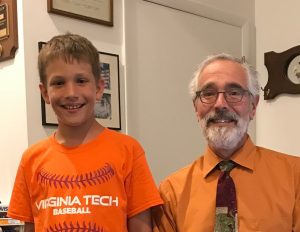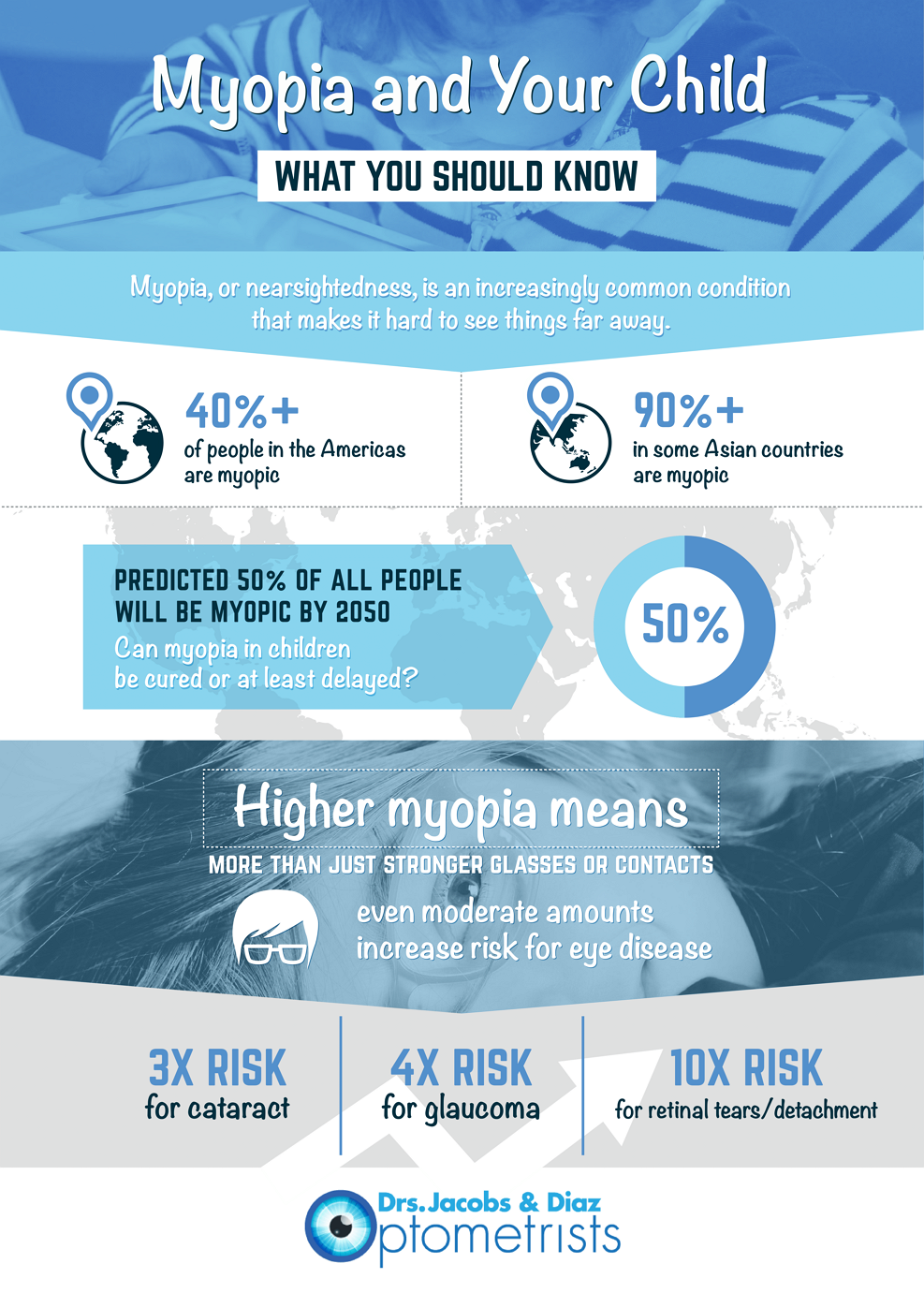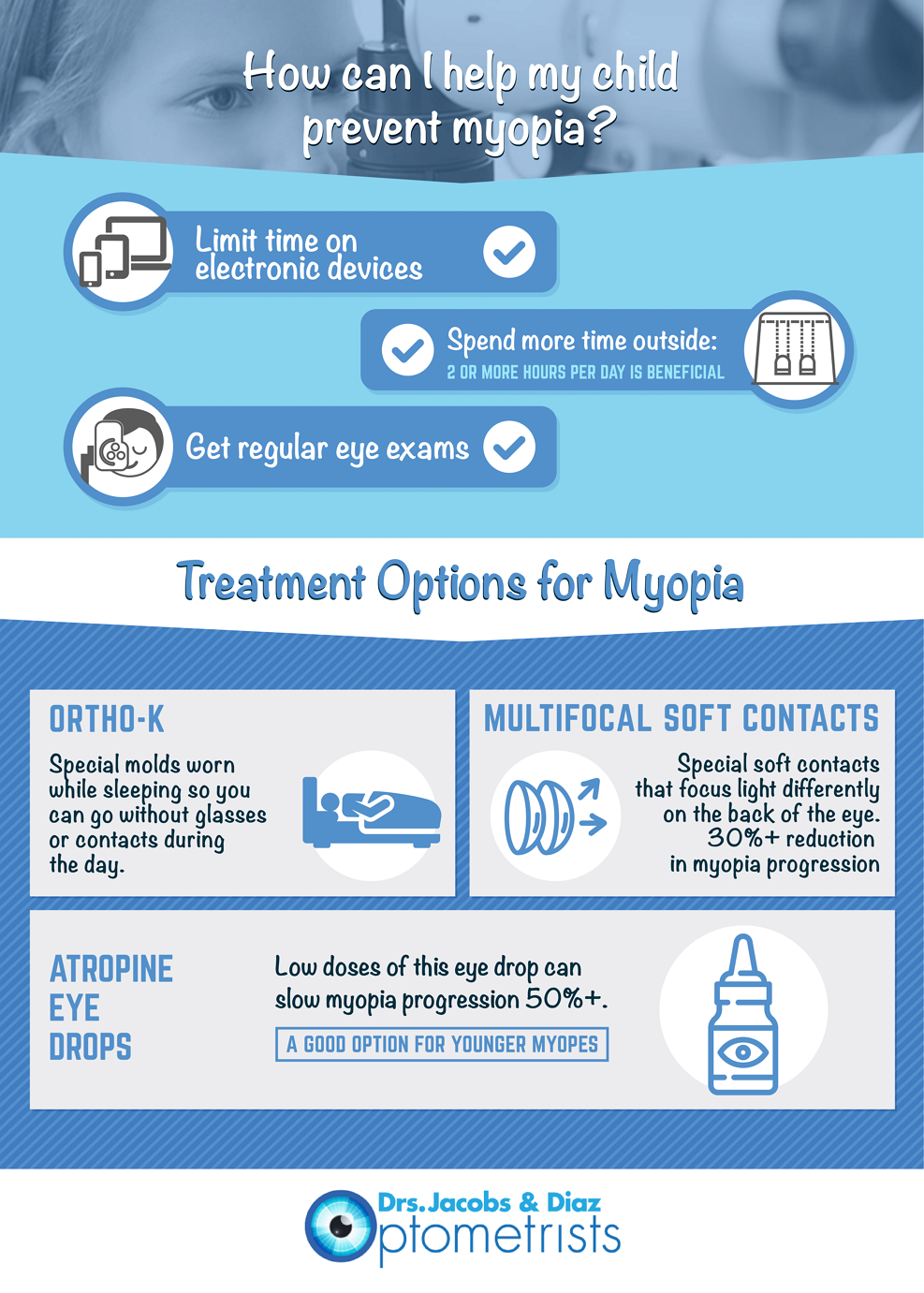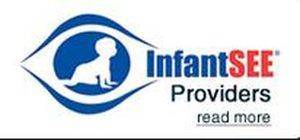Myopia and Your Child
What you should know
Myopia, or nearsightedness, is an increasingly common condition that makes it hard to see things far away.
- In the Americas over 40% of the population is Myopic
- In certain Asian countries over 90% of high-schoolers are Myopic
- By 2050 it is predicted that approximately 50% of the world/s population will be Myopic
What does it mean?
In addition to needing stronger prescription eyeglasses or contacts to see with, sufferers of myopia have significantly greater risks of developing cataracts, glaucoma and retinal tears, detachments, and certain types of macular degeneration. Although these problems usually don’t occur until later in life, the development of nearsightedness during childhood and the way this affects the structure of the eye, is what makes them more likely.
Today, there is something you can do to help your children
Myopia Prevention is possible- by limiting time on electronic devices, spending more active time outside and getting regular eye exams, you can reduce the risk of your children developing myopia.
If your children have already been diagnosed with myopia, a variety of techniques are now available to treat the condition to slow or halt its progression. These include low dose atropine eye drops, specially designed soft contact lenses and orthokeratology (ortho-k). Each of these can be effective in myopia management and control, with ortho-k having the added advantage of allowing clear daytime vision without glasses or contacts.
Each year brings exciting new research and allows us to learn more and more, and to do more and more to help. We love sharing what we’ve learned and helping others understand that we don’t have to sit back and let myopia happen. We can meet it, and often, we can beat it.
See the graphics below for a great summary.
 A Testimonial from Daniel's Parents:
A Testimonial from Daniel's Parents:
The Ortho-K lenses have opened up a new world for Daniel. He was so reluctant to wear his glasses and didn't realize how much he was missing every day. The change in his vision has been remarkable and I would recommend them to anyone who would benefit. Daniel often comments on how different things look when they're in focus, and how great it is to be able to read signs and subtitles. His reaction times in tennis and baseball are so much quicker, because he can see the ball well before it gets to him. Wearing them at night is also much easier for him because he is so active and he doesn't have to worry about losing them at school or on the baseball field. Best of all, he loves having normal vision!





